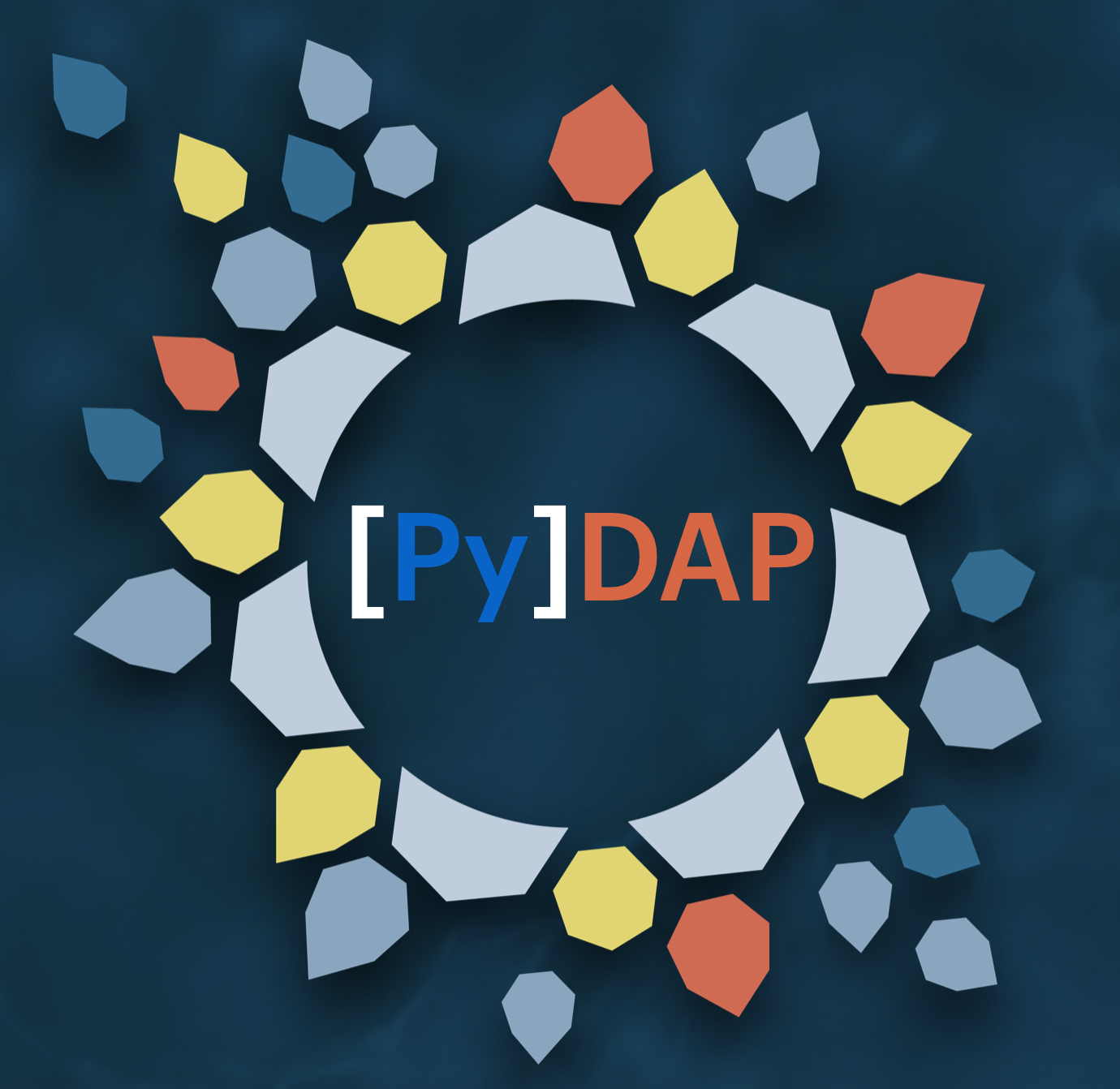Basic Authentication#
Many OPeNDAP servers require authentication. PyDAP uses Python’s requests library to fetch data across the web, and it also handle two general forms of authentication:
username/password.tokens
Requirement#
A
.netrcfile on your local system, to hold your authentication credentials(on Window machines, it is called_netrc).
Note
Below we will demonstrate how to create a .netrc file in your local system.
We strongly recommend having a static, local ~/.netrc file that holds all authentication credentials, since requests can handle authentication from a .netrc file for you, without you the user having to do any extra step. This is, pydap can “discover” your OPeNDAP authentication (username/password) credentials efficiently, if these are properly defined on a .netrc file (_netrc on Windows machines).
While not all OPeNDAP servers are set up to authenticate via token, the vast majority of NASA’s Hyrax servers are, and the token is created via your Earth Data Login (EDL) account. Betewen the two approaches above, token authentication is generally recommended thoughout the documentation as it can avoid many (but not all) redirects.
Note
For a broader introduction to authentication, check the OPeNDAP documentation on Authentication for DAP Clients, and Client Authentication With EDLTokens.
Let’s access some remote data!#
from pydap.client import open_url
from pydap.net import create_session
dataset_url = "https://opendap.earthdata.nasa.gov/providers/POCLOUD/collections/ECCO%20Ocean%20Temperature%20and%20Salinity%20-%20Monthly%20Mean%200.5%20Degree%20(Version%204%20Release%204)/granules/OCEAN_TEMPERATURE_SALINITY_mon_mean_2017-12_ECCO_V4r4_latlon_0p50deg"
username / password#
Nothing is needed, other than initiate a requests.Session object. pydap.net has a function that can initiate such a session along with some additional parameters. This is:
my_session = create_session() # default requests.session() object.
print(my_session)
<requests.sessions.Session object at 0x10e6d7ed0>
or if you want to cache the session to avoid repeated downloads:
my_session = create_session(use_cache=True) # default requests_cache.session() object.
print(my_session)
<CachedSession(cache=<SQLiteCache(name=http_cache)>, settings=CacheSettings(expire_after=86400))>
Note
both requests and requests_cache can recover and handle authentication via .netrc
Now, we open the remote dataset#
Now, all that is needed is:
ds = open_url(dataset_url, session=my_session, protocol="dap4")
The (default) requests session will recover the .netrc credentials, and no additional information is needed.
Tokens#
This is another approach that is supported by various institutions, and will be used throughout the documentation. To enable token authentication, you must first make sure you have a valid (unexpired) token, and if not create a new one. For example, see this EDL resource that is specific to NASA.
To improve the user experience, pydap.net.create_session can take extra session arguments, such as the token to:
Create a
requests.sessionwith token information on its headers.Disable automatic discovery of the
.netrcfile.
session_extra = {"token": "YourToken"}
# initialize a requests.session object with the token headers. All handled by pydap.
my_session = create_session(session_kwargs=session_extra)
ds = open_url(dataset_url, session=my_session, protocol='dap4')
Note
At this point only the metadata has been downloaded to generate the pydap dataset, and references to each remove variable have been added
earthaccess#
earthaccess enables users to hide the abstraction associated with the recovery of EDL credentials. Pydap can inherit these from earthaccess auth method. See the accompanying tutorial.
